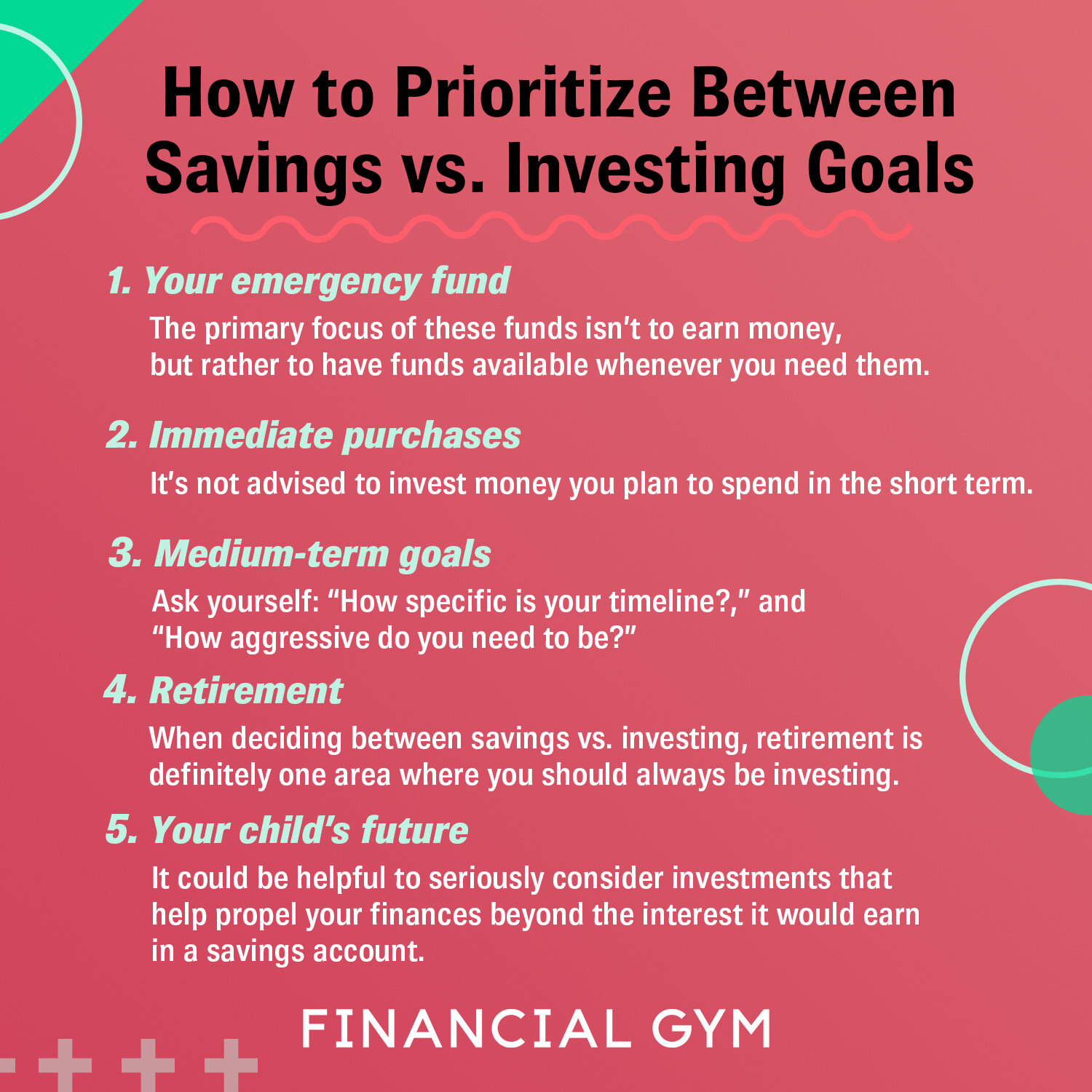
A cash dividend is a payout made by a company for shareholders. On the declaration date, the board of directors will announce the dividend. Its goal to pay a certain amount to every common stock is to achieve this. The company also has a record date to determine who is eligible to get the cash dividend. A cash dividend is usually paid quarterly. The company will typically make an announcement every quarter. A cash dividend is not only a type dividend but also has tax implications.
Common cash dividends
Some companies also offer stock dividends. In exchange for their cash dividend, companies can offer stock or cash options and may even offer additional shares to shareholders. Dividend yields reflect the market sentiment. Experts pay close attention and track trends and patterns when it comes to cash dividends. Companies must pay taxes before they can distribute a dividend. Often, these taxes are higher than the cash dividend itself, so the amount that a company can distribute to its shareholders is limited.
The most common way to compare cash dividends from different companies is by calculating the trailing 12-month dividend yield. This figure is calculated simply by subtracting the dividends per stock over the past twelve months from the current price. This yield is an important metric in comparing the cash dividends of various companies. Another common type of dividend is a special dividend. A special dividend is a payment made when a company has a windfall, a spinoff, or a corporate action that results higher than normal dividends.

Effect of cash dividends and investors' perceptions about risk
Although investors may be familiar with the concept and benefits of cash dividends, they may not understand how these payments could impact a company’s tax liability and risk profile. Cash dividends are when a portion of the profits of equity companies is transferred to shareholders and not reinvested. Dividend yield is measured as a percentage of the share price and describes the amount of cash a company pays to its shareholders each year. Union Pacific Corp.'s example shows a dividend yield that is 2.55% on $150.
How a company makes decisions is what will have an impact on the risk perception of investors. Paying dividends should be decided based on tax consequences. Sometimes, decision-makers in a firm are conscious of the risk-reward tradeoff that exists between paying dividends or obtaining external funding. The two factors are linked in several studies. Hoberg-Prabhala, for example, found that companies with high levels of perceived risk decrease their dividends when they increase their payout.
Cash dividends require journal entries
The type of dividend will determine the journal entry required for cash dividends. Some companies deduct the cash dividend from Retained Earnings and credit the account Dividends Payable. Dividends Declared is sometimes kept separate by firms. The date the dividend was declared determines who gets it. The date of payment does not mark the date that cash actually flows. It is therefore important to know exactly when your cash outflow occurs before you start recording your dividends.
The temporary cash dividend account will be converted back to retained earnings at December 31st. Some companies may deduct retained earnings at the time of dividend declaration to avoid having to keep a general ledger. In this instance, the account the dividend was paid to should be the journal. You should therefore make the journal entries necessary for cash dividends.

Tax implications for cash dividends
Cash dividends have tax implications. Cash dividends, however, are subject to tax. Stock dividends do not have to be taxed. Before accepting any stock dividend, read the fine print and consult an accountant. In some cases, utility companies are exempt from taxation on interest earned on their bonds. Cash dividends have variable tax consequences, and are dependent on the stock’s taxable income. Common shares are also subject to a variable schedule. The board of directors may decide to stop distributions, or to reduce them.
A company's purpose is to make profits and distribute those earnings to its shareholders. If the dividend becomes taxable, it is subject to capital gains tax, which reduces the stock basis of the shareholder. Additionally, any liabilities the shareholder assumed while holding the stock reduce the distribution. This reduction in stock price is reflected in the tax consequences of cash dividends. Furthermore, a stock dividend can be considered a special cash payout.
FAQ
Why is a stock security?
Security is an investment instrument whose worth depends on another company. It can be issued as a share, bond, or other investment instrument. The issuer can promise to pay dividends or repay creditors any debts owed, and to return capital to investors in the event that the underlying assets lose value.
What are some advantages of owning stocks?
Stocks are more volatile than bonds. When a company goes bankrupt, the value of its shares will fall dramatically.
If a company grows, the share price will go up.
For capital raising, companies will often issue new shares. Investors can then purchase more shares of the company.
To borrow money, companies can use debt finance. This allows them to get cheap credit that will allow them to grow faster.
When a company has a good product, then people tend to buy it. The stock's price will rise as more people demand it.
The stock price should increase as long the company produces the products people want.
What is the trading of securities?
The stock market is an exchange where investors buy shares of companies for money. Shares are issued by companies to raise capital and sold to investors. Investors then resell these shares to the company when they want to gain from the company's assets.
The price at which stocks trade on the open market is determined by supply and demand. When there are fewer buyers than sellers, the price goes up; when there are more buyers than sellers, the prices go down.
You can trade stocks in one of two ways.
-
Directly from your company
-
Through a broker
What's the difference between a broker or a financial advisor?
Brokers are individuals who help people and businesses to buy and sell securities and other forms. They manage all paperwork.
Financial advisors are experts in the field of personal finances. Financial advisors use their knowledge to help clients plan and prepare for financial emergencies and reach their financial goals.
Financial advisors can be employed by banks, financial companies, and other institutions. They may also work as independent professionals for a fee.
Take classes in accounting, marketing, and finance if you're looking to get a job in the financial industry. Additionally, you will need to be familiar with the different types and investment options available.
What is a REIT and what are its benefits?
A real estate investment trust (REIT) is an entity that owns income-producing properties such as apartment buildings, shopping centers, office buildings, hotels, industrial parks, etc. These companies are publicly traded and pay dividends to shareholders, instead of paying corporate tax.
They are similar to corporations, except that they don't own goods or property.
Why are marketable securities important?
An investment company exists to generate income for investors. It does this by investing its assets in various types of financial instruments such as stocks, bonds, and other securities. These securities have attractive characteristics that investors will find appealing. They can be considered safe due to their full faith and credit.
Marketability is the most important characteristic of any security. This is how easy the security can trade on the stock exchange. If securities are not marketable, they cannot be purchased or sold without a broker.
Marketable securities include corporate bonds and government bonds, preferred stocks and common stocks, convertible debts, unit trusts and real estate investment trusts. Money market funds and exchange-traded money are also available.
These securities are preferred by investment companies as they offer higher returns than more risky securities such as equities (shares).
Statistics
- For instance, an individual or entity that owns 100,000 shares of a company with one million outstanding shares would have a 10% ownership stake. (investopedia.com)
- US resident who opens a new IBKR Pro individual or joint account receives a 0.25% rate reduction on margin loans. (nerdwallet.com)
- Our focus on Main Street investors reflects the fact that American households own $38 trillion worth of equities, more than 59 percent of the U.S. equity market either directly or indirectly through mutual funds, retirement accounts, and other investments. (sec.gov)
- Even if you find talent for trading stocks, allocating more than 10% of your portfolio to an individual stock can expose your savings to too much volatility. (nerdwallet.com)
External Links
How To
How to trade in the Stock Market
Stock trading is the process of buying or selling stocks, bonds and commodities, as well derivatives. Trading is French for traiteur. This means that one buys and sellers. Traders trade securities to make money. They do this by buying and selling them. This type of investment is the oldest.
There are many options for investing in the stock market. There are three types of investing: active (passive), and hybrid (active). Passive investors simply watch their investments grow. Actively traded traders try to find winning companies and earn money. Hybrid investor combine these two approaches.
Index funds track broad indices, such as S&P 500 or Dow Jones Industrial Average. Passive investment is achieved through index funds. This approach is very popular because it allows you to reap the benefits of diversification without having to deal directly with the risk involved. You can just relax and let your investments do the work.
Active investing involves selecting companies and studying their performance. The factors that active investors consider include earnings growth, return of equity, debt ratios and P/E ratios, cash flow, book values, dividend payout, management, share price history, and more. They then decide whether they will buy shares or not. If they feel the company is undervalued they will purchase shares in the hope that the price rises. On the other hand, if they think the company is overvalued, they will wait until the price drops before purchasing the stock.
Hybrid investments combine elements of both passive as active investing. A fund may track many stocks. However, you may also choose to invest in several companies. In this scenario, part of your portfolio would be put into a passively-managed fund, while the other part would go into a collection actively managed funds.